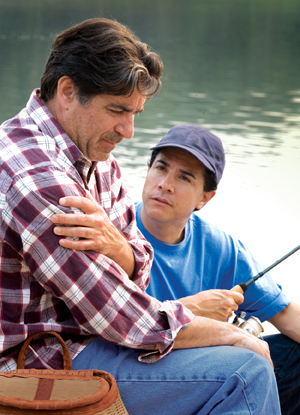During a stroke, blood stops flowing to part of the brain or there is bleeding in the brain. This can damage areas in the brain that control the rest of the body. A stroke can happen to anyone at any age. Call
Know the symptoms of a stroke
-
Weakness. You may feel a sudden weakness, tingling, or a loss of feeling on one side of your face or body including your arm or leg.
-
Vision problems. You may have sudden double vision or trouble seeing in one or both eyes.
-
Speech problems. You may have sudden trouble talking, slurred speech, or problems understanding others.
-
Headache. You may have a sudden, severe headache.
-
Movement problems. You may have sudden trouble walking, dizziness, a feeling of spinning, a loss of balance, a feeling of falling, or blackouts.
-
Seizure. You may also have a seizure as the first symptom of a stroke.
When to call 911
Remember: If you have any of these symptoms, or if someone you are with has these symptoms, call
Never drive yourself or the person with symptoms to the hospital. The ambulance can alert the hospital and start treatment right away.
B.E. F.A.S.T. is an easy way to remember the signs of a stroke. When you see these signs, you will know that you need to call
B.E. F.A.S.T. stands for:
-
B is for balance. Sudden loss of balance or coordination.
-
E is for eyes. Vision changes in one or both eyes.
-
F is for face drooping. One side of the face is drooping or numb. When the person smiles, the smile is uneven.
-
A is for arm weakness. One arm is weak or numb. When the person lifts both arms at the same time, one arm may drift downward.
-
S is for speech difficulty. You may notice slurred speech or difficulty speaking. The person can't repeat a simple sentence correctly when asked.
-
T is for time to dial 911. If someone shows any of these symptoms, even if they go away, call
911 right away. Make note of the time the symptoms first appeared.


